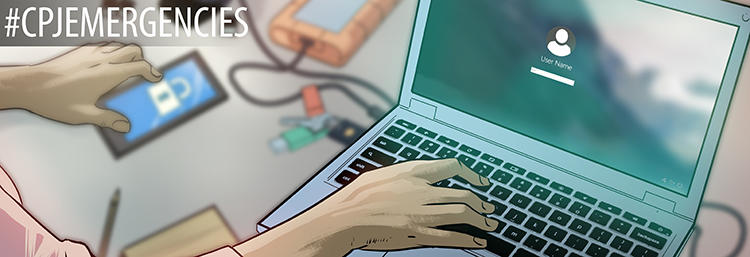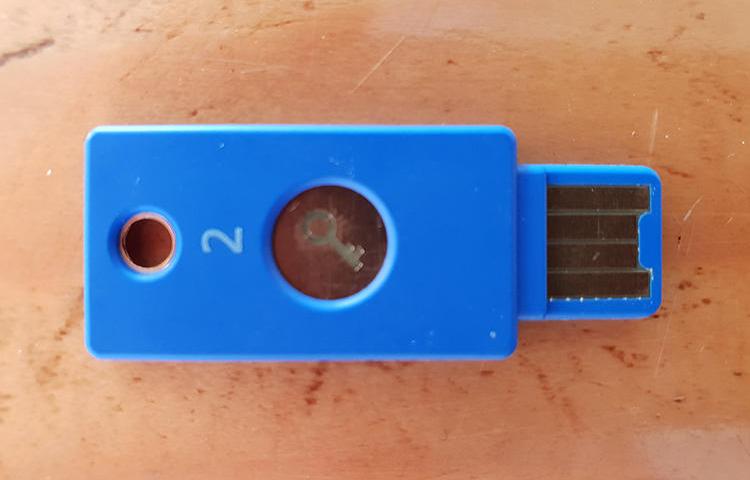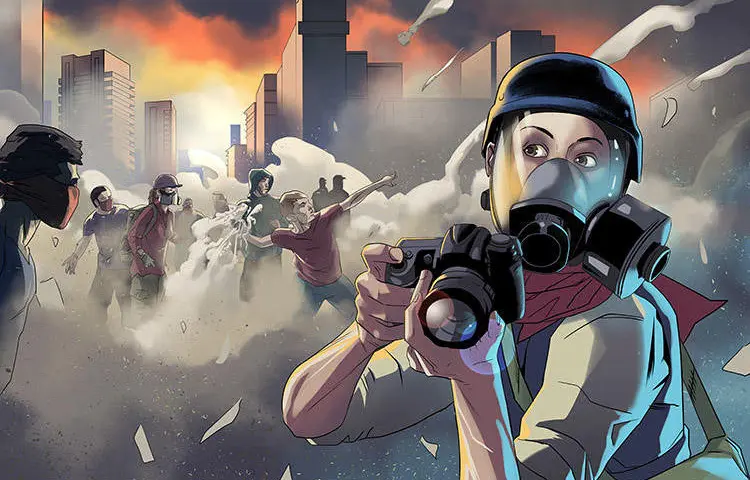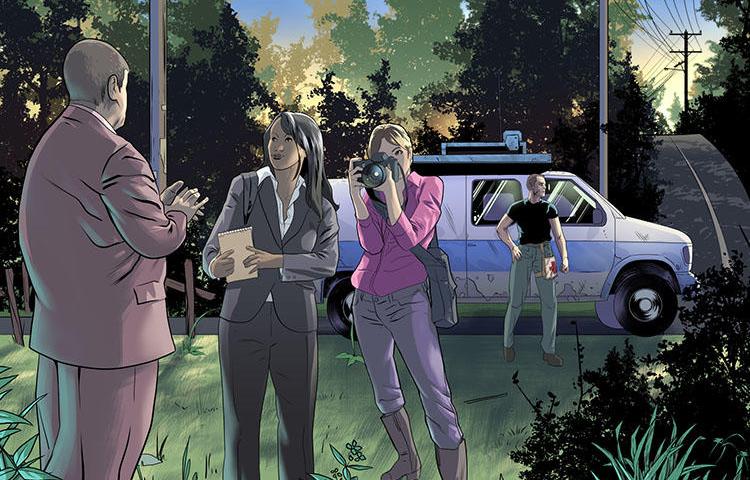
Physical safety: Mitigating sexual violence
Sexual violence can take many forms, including sexual and physical assaults. Any individual can be the subject of sexual misconduct, but journalists are often at risk from a range of people, including sources and members of the public, while they are reporting. That risk is heightened for female or gender non-conforming journalists.
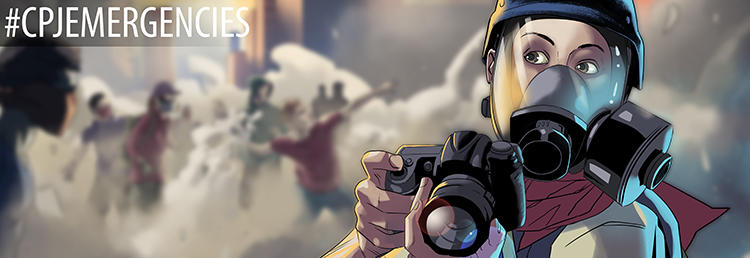
Physical safety: Solo reporting
Solo work is becoming more common, especially for broadcast and video journalists. However, working alone can make journalists vulnerable to physical assault. For assignments in locations such as neighborhoods with high crime rates, protests, or remote areas, it is advisable that journalists do not work alone.
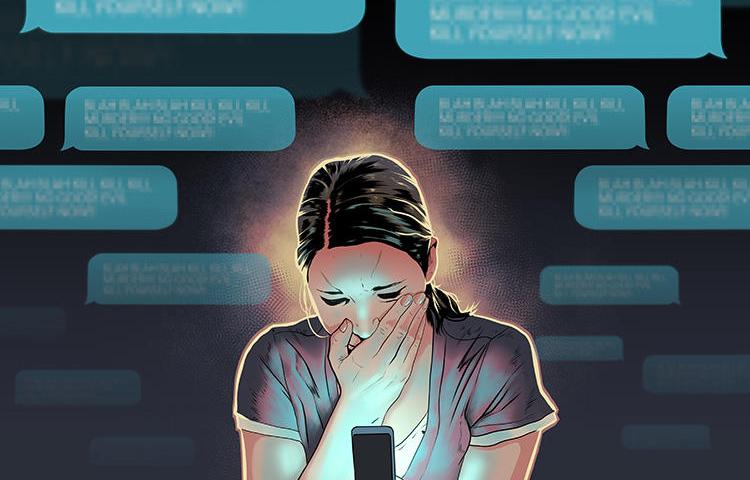
Psychological safety: Online harassment and how to protect your mental health
Journalists are frequently at risk of being harassed online in an attempt by hostile actors to intimidate or force them into silence. The harassment, most commonly directed at female journalists, often includes threats of violence against the journalist and their family and friends.
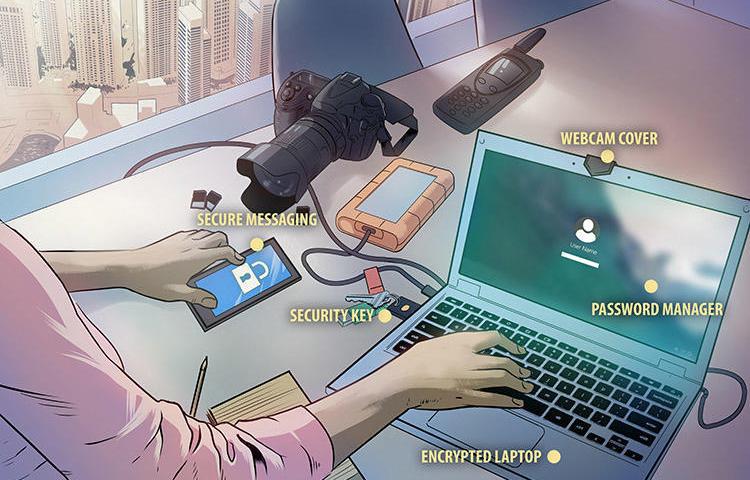
Digital Safety Kit
Journalists should protect themselves and their sources by keeping up-to-date on the latest digital security news and threats such as hacking, phishing, and surveillance. Journalists should think about the information they are responsible for and what could happen if it falls into the wrong hands, and take measures to defend their accounts, devices, communications, and…

Digital safety: Protecting against online harassment
Journalists are frequently at risk of being targeted online for their work. Media workers who cover issues such as the alt-right, politics and contentious elections, as well as movements linked to race or gender are at higher risk of being attacked online.
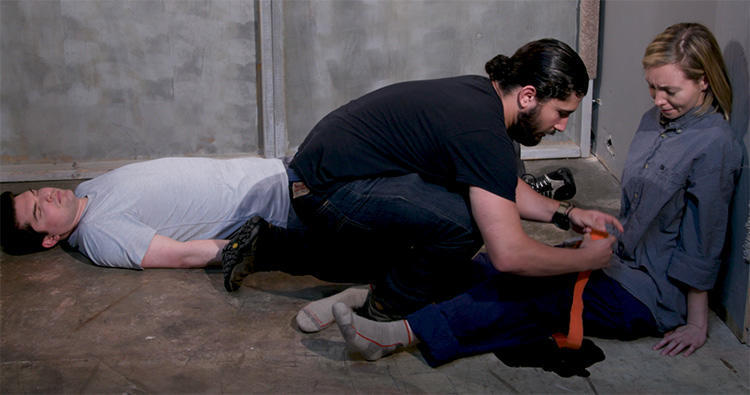
First aid videos
Journalists face the risk of serious injuries while on both dangerous and routine assignments. In situations when emergencies lead to severe injury, journalists should be prepared to deal with medical complications in order reduce the severity of injuries and to save both their lives and the lives of their colleagues.
